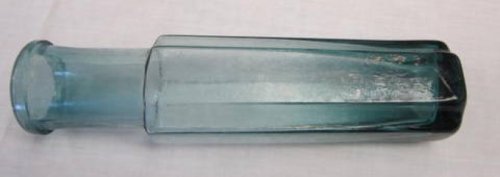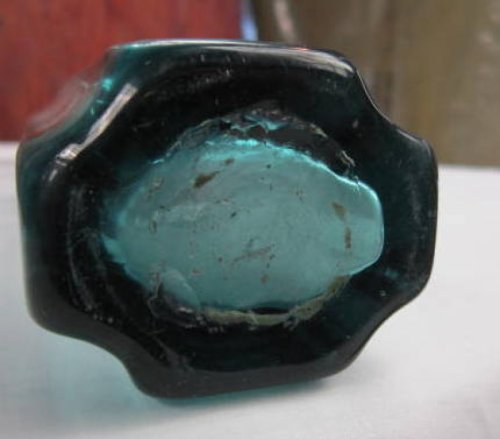cacarpetbagger
Well-Known Member
- Joined
- Jan 2, 2012
- Messages
- 923
- Reaction score
- 0
- Points
- 0
I was wondering if anyone might know if this is an American or Continental bottle. About 8 inches tall with an outward rolled lip, it is a real nice teal blue green color with what looks like a solid rod pontil? Also of course wondering what the value would be on this piece. Thanks.





